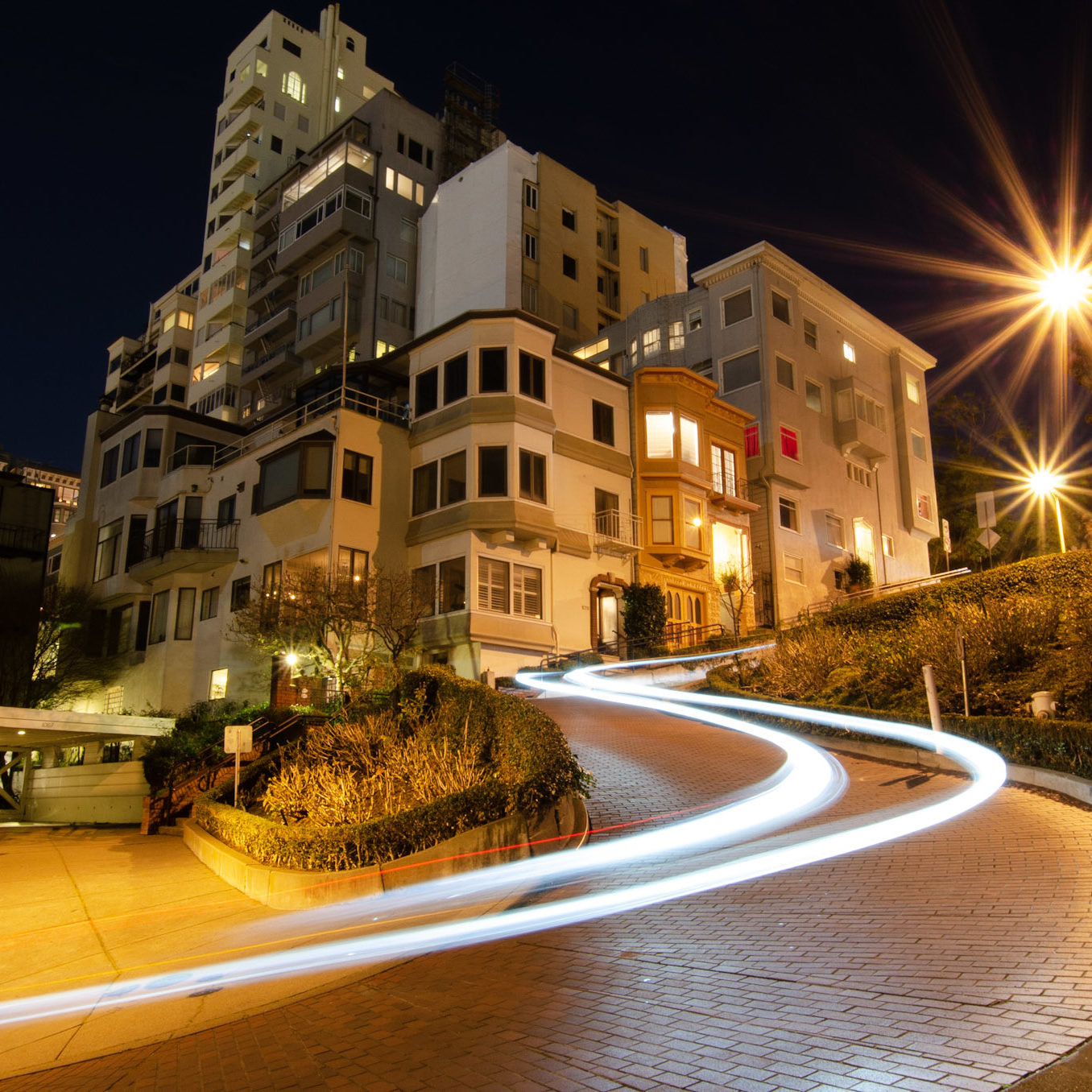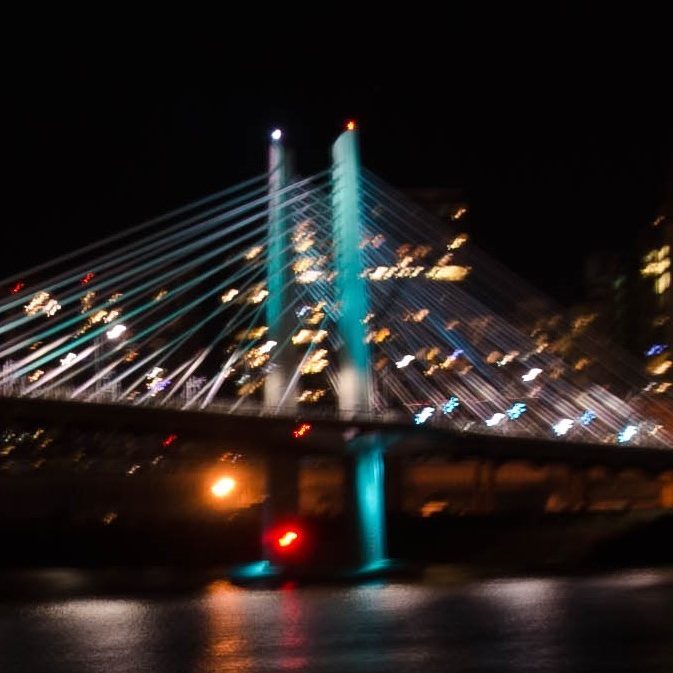Shutter Speed
Summary

- The shutter speed can be user selected while using shutter priority mode or manual mode.
- The shutter speed is measured in seconds or fraction of seconds.
- The shutter speed will be displayed on the camera in the following way:
- Fraction of a second as 125 (i.e. 1/125)
- Whole seconds as 1"
- Use a quicker shutter speed to freeze motion.
- Use a longer shutter speed in low light situations or to blur moving objects for a sense of motion.
- Camera shake may become a problem with longer shutter speeds or with a large focal length.
What is shutter speed and what does it do?
Shutter speed is another of the 3 main settings that photographers change when taking a photograph. Shutter speed, along with the other two settings (aperture and ISO), are often referred to as the "exposure triangle". The very first step to understanding photography is understanding those three setting. No photography website would be complete without explaining in depth each of these settings. This article will explain shutter speed in a broad and easy to understand way as an introduction.
There are two modes in which the user can select the shutter speed: shutter priority mode and manual.
Shutter speed is the simplest of the three settings in the exposure triangle to understand. It is the setting that is the most tangible and straight forward. Simply put, shutter speed is the amount of time the shutter is open. The shutter is a type of curtain in front of the image sensor which remains closed until the shutter release button is pressed. Once the release button is pressed, the shutter will stay open for the selected amount of time. Cameras show the shutter speed in units of seconds or fractions of seconds. Most modern cameras can handle shutter speeds as quick as 1/4000th of a second or as long as 30 seconds. Modern cameras also have a "bulb" function which allows the user to keep the shutter open for longer then 30 seconds with the help of a remote shutter release.

All cameras show the shutter speed as whole numbers not fractions. So selecting a shutter speed of 125 on a camera is telling the camera to open the shutter for 1/125 of a second. When selecting a shutter speed in the whole second range, the camera will display something like 1".


How to change the shutter speed
As with the aperture, the shutter speed is changed with a command wheel. The aperture is changed with the front command wheel, so therefore the shutter speed is changed with the rear command wheel. The GIF below shows you how changing the rear command wheel changes the shutter speed.
If you are moving the command wheel but your camera's shutter speed is not changing, your camera may not be in a mode where the shutter speed can be changed. As a reminder, the shutter speed can be changed when your camera is in manual mode or shutter priority mode.
Selecting the Best Shutter Speed

Unlike other settings, the selection of the shutter speed is fairly straight forward depending on what you want the final image to look like. The faster shutter speeds are used to "freeze" a subject which is moving, such as a car or bird. How fast of a shutter speed depends on how quick the subject is moving. In other words, the shutter speed that is selected is the one that freezes motion. For example, to freeze a bird in mid flight a shutter speed around 1/1000 should be used.
A slow shutter speed is used in low light situations or when you want to let something blur. In extreme low light situations, like night photography, shutter speeds above 30 seconds can be used.
There is also the possibility of using slower shutter speeds so that a moving object will blur while stationary objects come out crisp. This gives the still image a sense of motion or a soft feel. This technique is most popularly used on moving bodies of water like rivers or the ocean.

One thing to note when using a shutter speed above 1" (1 second), is that a tripod will most likely be needed. Even for faster shutter speeds, it would be a good idea to use a tripod to get crisper images and mitigate camera shake.
Keep in mind that as you increase the shutter speed from 1/500 to 1/250 you are doubling the amount of light that the image sensor gathers. In other words, by using a faster shutter speed the image will be darker as less light is allowed to reach the image sensor. On the flip side, by using a slow shutter speed, the image sensor is able to gather lots of light and thus the picture will be brighter and possibly overexposed. When selecting the shutter speed in shutter priority mode, the camera will automatically adjust the aperture to properly expose the image.
Camera Shake

- Camera shake = blurry image because the camera is moved while the shutter is open.
- Mainly caused by:
- Pushing the shutter release button too hard
- Holding the camera in an unstable way
- Camera shake is amplified when the focal length of a lens is increased (aka when you zoom in).
- How to reduce camera shake:
- When zooming in, quicken the shutter speed to reduce camera shake.
- Select a shutter speed with a denominator that is larger then the focal length (called the reciprocal rule).
- Some lens have a feature called vibration reduction which helps reduce camera shake but this feature can only do so much.
Example of slow Shutter Speed photos
The following photos showcase some of the types of photos that can be taken with a fast shutter speed. Below each photo is a description of the settings used when taking the image.
Note: Taking photographs during the day with a slow shutter speed may require the use of neutral density filters. Neutral density filters darken the scene enough so that a slow shutter speed can be used without overexposing the image.
Example of Fast Shutter Speed photos
The following photos showcase some of the types of photos that can be taken with a slow shutter speed. Below each photo is a description of the settings used when taking the image.
Note: Taking photographs during the day with a slow shutter speed may require the use of neutral density filters. Neutral density filters darken the scene enough so that a slow shutter speed can be used without overexposing the image.






